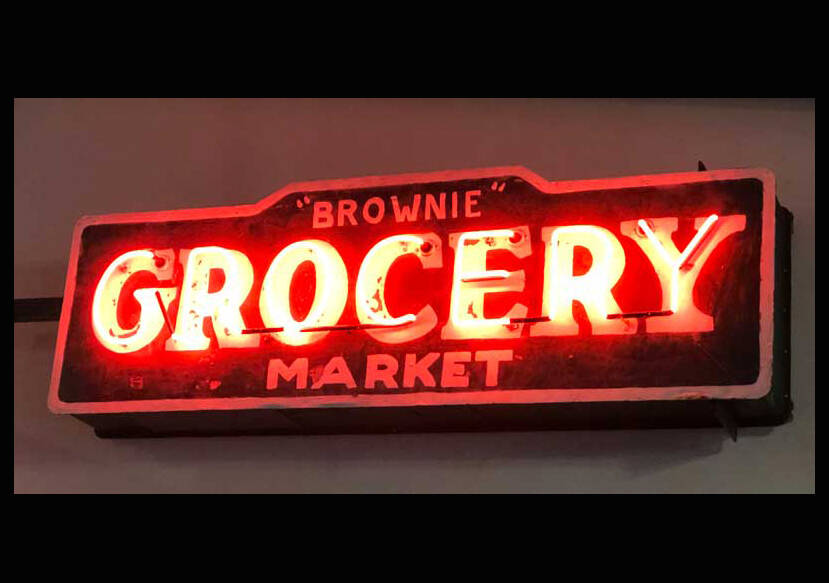By Morf Morford
Tacoma Daily Index
Your image, or, if you are old enough, your vestigial memories of the 1970s might focus on clothing (like white polyester bell-bottoms and wide-collared shirts – with massive gold medallions) or the music (electronic and disco) but the dominant theme, and ultimate buzz-kill of the 1970s was inflation/stagflation.
This was where basic costs – like food, fuel and housing expanded in price while pay scales did not.
As you might guess, these trends activated the analysts and talking heads of the time who came up with an economic term for this mismatch of incomes and expenses on a national scale.
Stagflation
The term “stagflation”is, of course, a concatenation of stagnation and inflation.
That was the 1970’s economy in a nutshell.
The economy seemed to be stuck in a never-ending spiral with prices rising and careers opportunities dwindling.
The war in Viet-Nam dominated the economy and headlines for the first half of the 1970s.
The dismal economy dominated the rest.
Consider this experience of “sticker-shock” (also a term from the ’70s); for the average American, drivers went from paying $0.36 per gallon at the pump in 1970 to $1.19 per gallon in 1980.
In other words, the price of gas (when there were no electric cars) more than tripled in a decade.
And, for a little perspective, in 1970, the federal minimum wage was $1.60 per hour, which brought in $3,328 per year before taxes.
By 1980, the United States minimum wage was $3.10. This is equivalent to $11.27 in 2022 dollars.
The Misery Index
The misery index was originally intended to measure the degree of economic distress felt by everyday people, due to the risk of (or actual) joblessness combined with an increasing cost of living.
The misery index is calculated by adding the unemployment rate to the inflation rate.
This is essentially a snapshot of the economy’s relative health. For some.
Inflation affects everyone. But it does not affect everyone equally.
Some of us just pay more for everything.
Others inhabiting something like a grim economic version of Musical chairs are eliminated from various markets and opportunities.
We see those who are ejected from the “game” on our city streets. And their numbers only grow as the “misery” continues.
As a measure of personal economic distress, the misery index may undervalue the role of expectations and uncertainty by looking only at current unemployment and inflation rates—when much of the stress and worry that people actually feel is for their future economic prospects (alongside their concern for current conditions).
From student debt to the stratospheric rise in housing costs and the near paralysis of pay scales of our times, the “misery” of the 1970s seems like a vastly simpler time.
The 1970s version
During the 1970s, after President Nixon restricted and then severed the final links between the U.S. dollar and gold, the U.S. experienced several years of simultaneously elevated price inflation and unemployment.
Before this, the value of the dollar (and almost everything else) was stable and pegged to the global price of gold. Once disconnected from gold, the dollar dropped in value and has been a “floating currency” ever since.
As the dollar dropped, prices (relative to the dollar) rose.
But, as I mentioned above, pay scales did not match this increase.
Prior to the mid to late 1970s, for example, the cost of a standard middle-class home was about double the average annual income; two years pay.
Rents, by any definition, were cheap.
The whole idea of renting out a place, after all, was to provide housing that the average person could afford.
As a little on the ground research project, take note around town (or almost any town) and notice how many apartment buildings of size (over about 15-20 units) were built before about 1980.
In most communities, that number is very close to zero.
Many municipalities, through zoning laws, specifically prohibited large housing projects.
What we now call “the missing middle” was the standard for multi-unit housing for decades.
And, without using the word, it was, by necessity “affordable”.
And, back in the 1970s, shopping malls were still a novelty and big-box stores – especially hardware stores – were yet to appear.
The revenge of “that was then and this is now”
As we all know, the complications since the 1970s have multiplied geometrically, from the threat (or reality) of global pandemics, the exploding rate of personal and national debt, an erratic job market, near convulsive increases in the cost of gas, the stock market jumping (or dropping) in the triple digits on a near daily basis, rise in crime like we have never seen, housing prices going up by the day (in a recent survey, almost 90% of homes in San Francisco cost over a million dollars – Seattle and Bellevue are not far behind) and, of course, a war in the making in Europe, the challenges of the 1970s seem a dance under a flickering disco globe.
History, of course, never repeats exactly.
Just as our challenges are unmatched, so are our resources to meet them.
The 1970s, of course, gave way to the fluorescent hues, big hair, yuppie (“young urban professional” or “young upwardly-mobile professional”) Reagan economy of the 1980s.
Whatever you might think of our current economy, for better or worse, this too shall pass.





